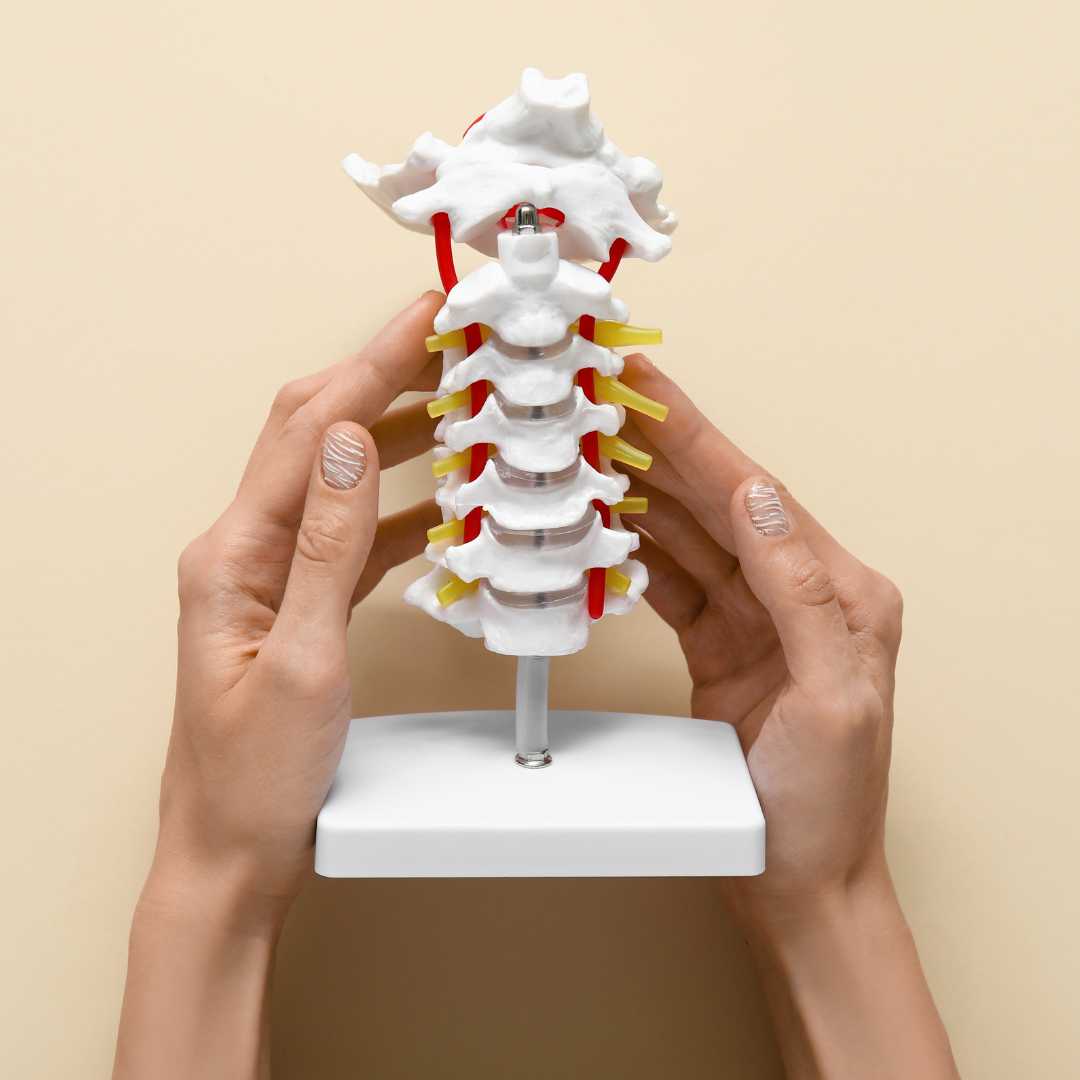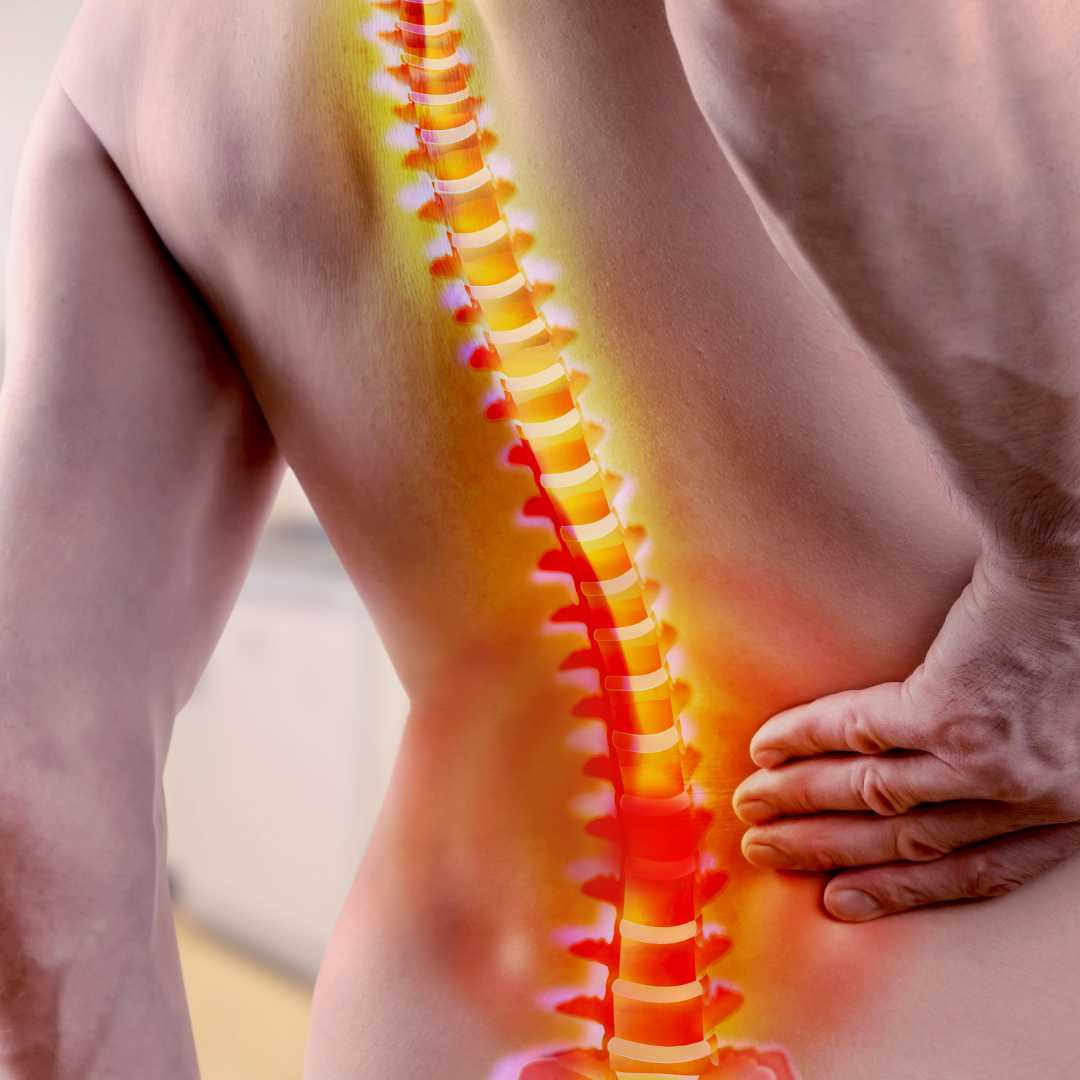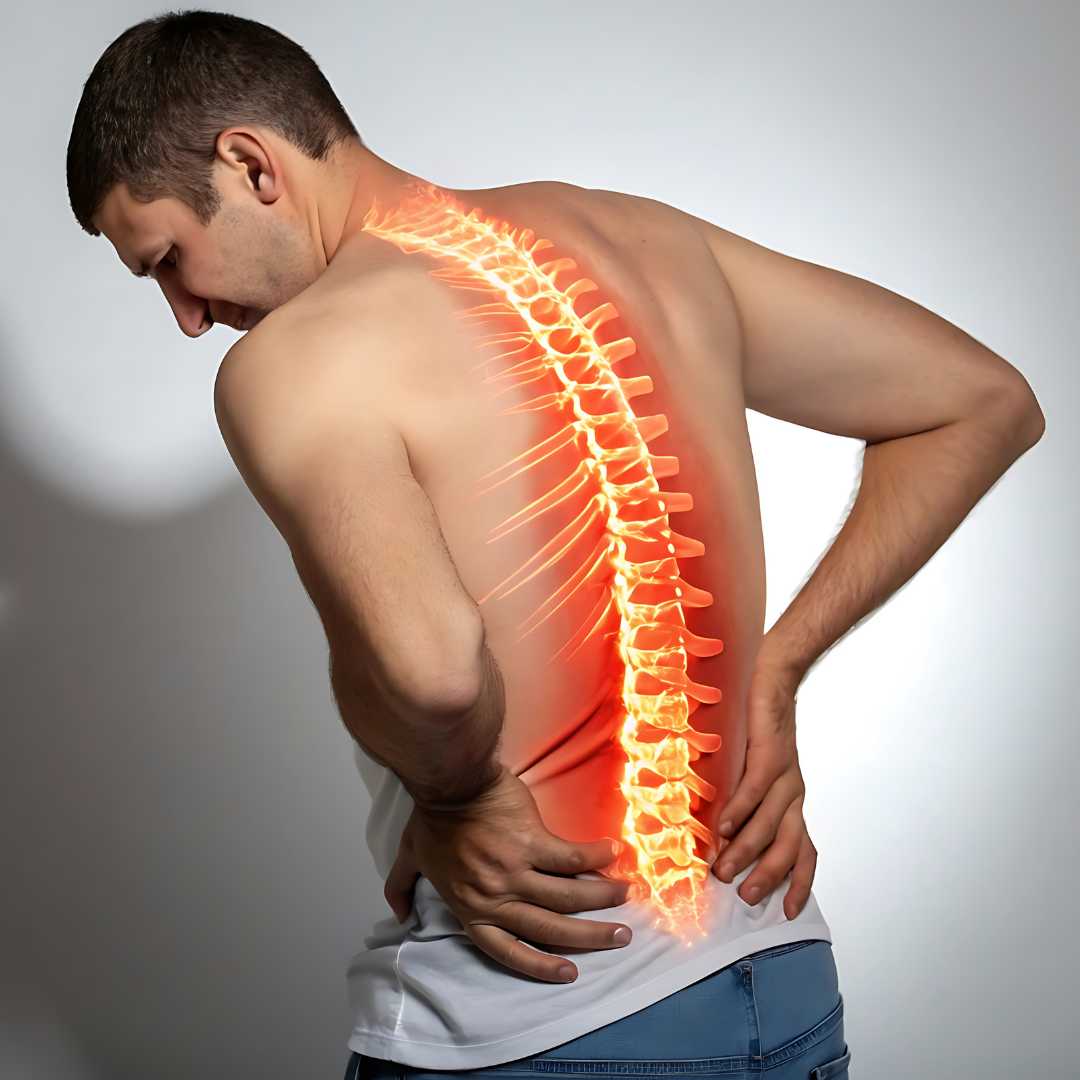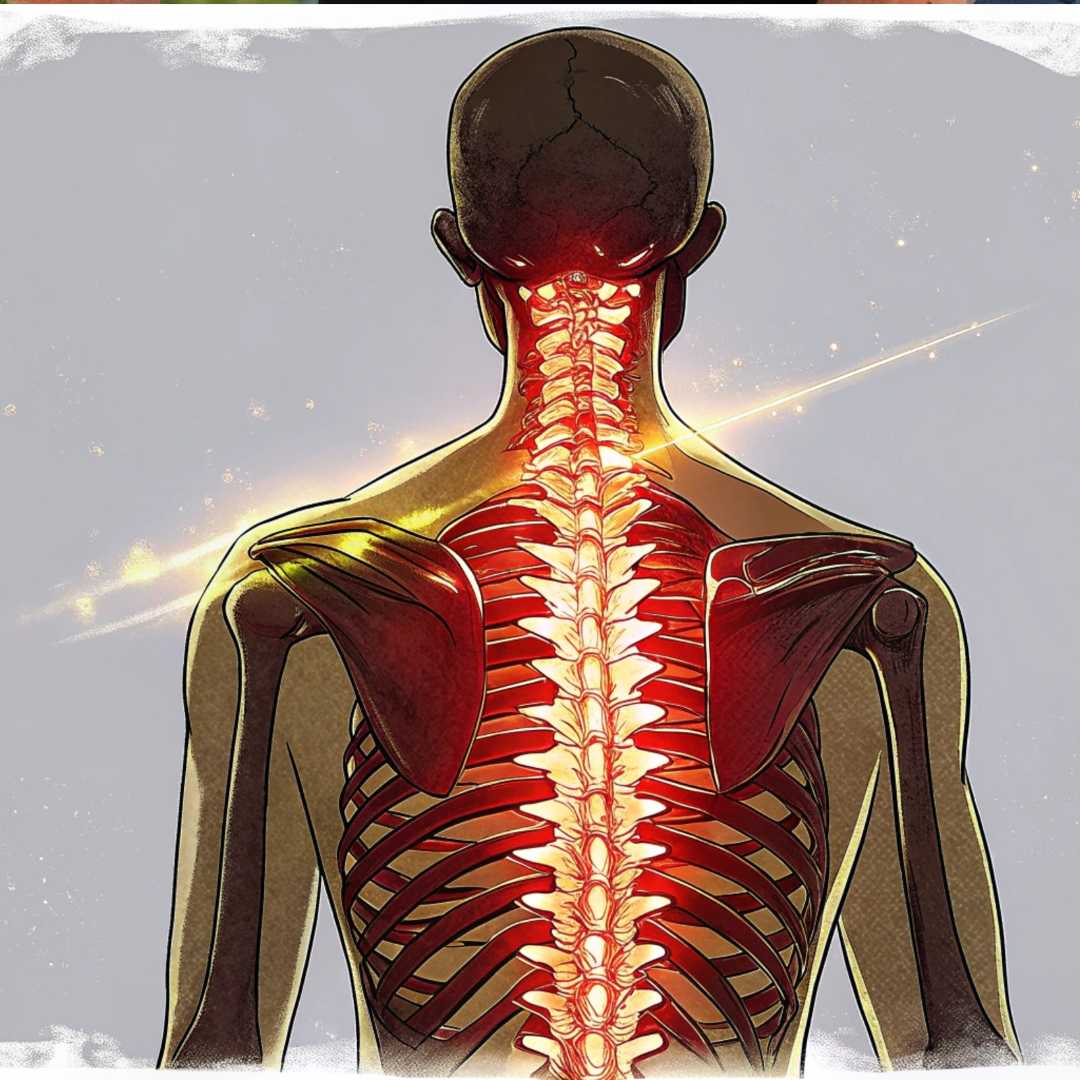
Find Relief and Renew Your Back with Global Spine Care Options
Living with chronic back pain or a debilitating spinal condition can significantly impact your daily life, making even simple tasks feel impossible. When conventional treatments at home fall short, or costs become prohibitive, exploring advanced spine care solutions through medical tourism offers a beacon of hope. This guide will navigate you through the world of international spine care, answering your most pressing questions about procedures, costs, and choosing the right destination.
From herniated discs to complex spinal fusions, top-tier medical facilities across the globe provide exceptional treatment, often at a fraction of the cost you might expect in Western countries. We'll demystify the process, explain different types of spine care procedures, and show you how medical tourism can make world-class spinal health accessible. Get ready to discover a path to a pain-free life, combining quality treatment with the opportunity for a refreshing change of scenery.
What Exactly is Spine Care and Why Does It Matter So Much?
Spine care is a specialized medical field dedicated to maintaining the health and functionality of your spinal column. This intricate structure supports your entire body, protects your nervous system, and enables movement. When problems arise whether due to injury, aging, or degenerative conditions they can lead to significant pain, mobility issues, and even neurological deficits. Effective spine care aims to address these issues, restoring comfort and function to help you lead a full, active life.
The importance of proper spine care cannot be overstated. From the moment we wake up until we go to sleep, our spine is constantly working. Neglecting spinal health can lead to chronic pain syndromes, reduced quality of life, and in severe cases, permanent disability. Early diagnosis and appropriate treatment are key to managing conditions like herniated discs, sciatica, spinal stenosis, scoliosis, and degenerative disc disease, ensuring your backbone remains strong and your nervous system functions optimally.
Who Needs Spine Care? Understanding Eligibility and Common Conditions
Eligibility for spine care which can range from physical therapy to surgery depends heavily on your specific symptoms, diagnosis, and response to non-surgical treatments. Generally, you might be a candidate for specialized spine care if you experience:
- Persistent back or neck pain that lasts for more than a few weeks
- Pain radiating down your arms or legs (sciatica, radiculopathy)
- Numbness, tingling, or weakness in your limbs
- Difficulty walking, standing, or maintaining balance
- Changes in bowel or bladder function (a medical emergency)
Common conditions requiring spine care include herniated or bulging discs, where the soft cushioning between vertebrae protrudes and presses on nerves; spinal stenosis, a narrowing of the spinal canal; spondylolisthesis, where one vertebra slips over another; and degenerative disc disease, a natural process of disc wear and tear. A thorough diagnostic process involving MRI, CT scans, and neurological exams helps determine the precise cause of your symptoms and the most appropriate treatment path.
Exploring Your Options: What Types of Spine Care Procedures Are Available?
Spine care isn't a one-size-fits-all solution; it encompasses a wide spectrum of treatments tailored to different conditions and patient needs. Many patients begin with conservative approaches, but for some, surgical intervention becomes necessary. Here are some of the most common types of spine care procedures:
- Non-Surgical Treatments:
- Physical Therapy: Exercises to strengthen core muscles, improve flexibility, and posture.
- Medication: Pain relievers, anti-inflammatory drugs, muscle relaxants.
- Epidural Steroid Injections: Corticosteroids injected near spinal nerves to reduce inflammation and pain.
- Chiropractic Care and Osteopathy: Manual adjustments to improve spinal alignment.
- Surgical Treatments:
- Microdiscectomy: A minimally invasive procedure to remove the herniated portion of a disc that is irritating a nerve. It's highly effective for sciatica caused by disc herniation. Imagine a tiny vacuum cleaner carefully suctioning out the offending part of the disc.
- Laminectomy: This surgery involves removing part of the lamina (a bone arch in the spine) to decompress the spinal cord or nerves, often performed for spinal stenosis. It's like widening a narrow tunnel to allow traffic to flow freely again.
- Spinal Fusion: A procedure that permanently connects two or more vertebrae, eliminating motion between them. This is used for instability, severe degenerative disc disease, or scoliosis. Think of it as welding two bones together to create a single, stable unit.
- Artificial Disc Replacement (ADR): An alternative to fusion, where a damaged disc is removed and replaced with an artificial one, preserving motion in the spine. This is like replacing a worn-out tire with a new one to keep the wheel spinning.
- Vertebroplasty/Kyphoplasty: Procedures for spinal compression fractures, where bone cement is injected into the fractured vertebra to stabilize it and relieve pain.
The choice of procedure depends on factors like the specific diagnosis, severity of symptoms, patient's age and health, and the surgeon's expertise. Advancements in minimally invasive techniques mean smaller incisions, less blood loss, faster recovery, and reduced post-operative pain for many patients.
Why Consider Medical Tourism for Your Spine Care Needs?
For many patients, the decision to seek spine care abroad through medical tourism is driven by compelling reasons that extend beyond just treatment. One of the primary motivators is the substantial cost savings. Procedures that might cost tens of thousands in Western countries can be performed for a fraction of the price in emerging medical tourism destinations, without compromising on quality or safety. This makes life-changing surgeries accessible to those who might otherwise be unable to afford them.
Beyond cost, medical tourism often provides access to world-renowned surgeons and state-of-the-art facilities that rival or even surpass those found at home. Patients can also bypass long waiting lists common in public healthcare systems, allowing for faster treatment and quicker relief from pain. Furthermore, the opportunity to recover in a serene, often vacation-like setting can enhance the healing process, offering both physical rehabilitation and mental rejuvenation.
Spine Care Costs Worldwide: A Global Comparison Table
The cost disparity for spine care procedures is one of the most significant advantages of medical tourism. Here’s a general comparison to illustrate the potential savings for common spine surgeries. Please note these are estimated ranges and can vary based on the specific clinic, surgeon's expertise, complexity of the case, and included services (e.g., hospital stay, rehabilitation).
| Procedure | USA / Canada / UK (Estimate) | Mexico / Turkey / India (Estimate) | Potential Savings |
|---|---|---|---|
| Microdiscectomy | $25,000 - $60,000 | $5,000 - $15,000 | 60-80% |
| Laminectomy | $30,000 - $70,000 | $7,000 - $18,000 | 65-85% |
| Single-Level Spinal Fusion | $50,000 - $150,000 | $15,000 - $35,000 | 70-80% |
| Artificial Disc Replacement | $40,000 - $100,000 | $12,000 - $28,000 | 65-75% |
These figures highlight the significant financial advantages of seeking spine care abroad, making advanced treatments more accessible and reducing the financial burden on patients.
Which Countries are Leading the Way in Spine Care Medical Tourism?
Several countries have emerged as global leaders in providing high-quality, affordable spine care to international patients. These destinations boast state-of-the-art medical facilities, highly trained surgeons, and comprehensive patient support services:
- Turkey: Particularly Istanbul and Ankara, known for JCI-accredited hospitals, experienced neurosurgeons, and competitive pricing. They offer a wide range of spine surgeries with modern technology.
- India: Cities like Delhi, Mumbai, and Chennai are hubs for advanced spine surgery, with world-class hospitals offering excellent outcomes at significantly lower costs, attracting patients globally.
- Mexico: Border cities and popular destinations like Cancun and Guadalajara provide convenient access for North American patients, offering affordable care with experienced, U.S.-trained surgeons.
- South Korea: Renowned for its technological advancements and highly specialized medical professionals, offering cutting-edge spine treatments with a focus on patient safety and innovation.
- Thailand: Bangkok and Phuket are well-established medical tourism destinations, combining high-quality medical services with luxurious recovery options and excellent hospitality.
These countries not only offer advanced medical treatments but also provide robust support systems for international patients, including language assistance, accommodation arrangements, and post-operative care planning.
How Do I Choose the Best Overseas Spine Clinic and Surgeon?
Selecting the right clinic and surgeon for your spine care abroad is a critical step. It requires thorough research and careful consideration of several factors to ensure you receive the best possible care:
- Accreditation: Look for international accreditations such as Joint Commission International (JCI). This signifies that the facility meets rigorous international standards for patient care and safety.
- Surgeon's Credentials & Experience: Verify the surgeon's qualifications, specialization in spine surgery, years of experience, and their success rates for the specific procedure you need. Are they board-certified? Do they have fellowship training?
- Technology and Facilities: Ensure the clinic uses modern equipment and advanced surgical techniques (e.g., minimally invasive approaches, intraoperative navigation systems).
- Patient Reviews and Testimonials: Seek out feedback from previous international patients. Websites like PlacidWay can provide verified patient reviews and case studies.
- Communication: Clear communication with the medical team is vital. Ensure there are provisions for language translation services if needed.
- Post-Operative Care Plan: Understand what kind of follow-up care and rehabilitation services are included and how they will be managed after you return home.
A reputable medical tourism facilitator can significantly streamline this process, providing vetted options and guiding you through the selection journey.
Understanding the Risks and Rewards of Spine Surgery Abroad
Embarking on a medical journey for spine care abroad comes with both exciting rewards and potential risks. It’s crucial to weigh these carefully before making a decision.
Rewards:
- Cost Savings: As discussed, significant financial savings are often the biggest draw.
- Access to Expertise: You can access highly specialized surgeons and advanced technologies that may not be available or affordable in your home country.
- Reduced Wait Times: Bypass long waiting lists, allowing for quicker treatment and relief.
- Privacy and Anonymity: Some patients appreciate the discretion offered by treatment abroad.
- Recovery Environment: The opportunity to recover in a beautiful, calm environment, away from daily stressors.
Risks:
- Travel Logistics: Managing travel, accommodation, and navigating a foreign country can be stressful, especially post-surgery.
- Communication Barriers: While many clinics offer translators, misunderstandings can still occur if not properly managed.
- Quality Assurance: Ensuring the quality and accreditation of the facility and surgeon requires thorough research.
- Legal Recourse: Legal protections and malpractice laws may differ significantly from your home country.
- Post-Operative Care: Coordinating follow-up care upon returning home can be challenging without proper planning.
Mitigating these risks involves thorough research, choosing reputable providers, using experienced medical tourism facilitators, and having a clear plan for post-operative care.
What to Expect: Your Medical Journey for Spine Care Abroad
Planning your spine care journey abroad might seem daunting, but with a structured approach, it can be smooth and stress-free. Here’s a typical progression:
- Initial Consultation & Case Review: You’ll share your medical records, MRI/CT scans, and diagnostic reports with potential overseas clinics. Surgeons will review your case and provide a treatment plan and cost estimate, often via telemedicine.
- Decision & Planning: Once you choose a clinic, a medical tourism facilitator (like PlacidWay) will assist with travel arrangements, visa requirements, accommodation, and local transportation.
- Arrival & Pre-operative Assessments: Upon arrival, you'll undergo in-person consultations, further diagnostic tests, and pre-operative evaluations to finalize your surgical plan.
- The Procedure: Your spine surgery will be performed by the chosen surgeon.
- Hospital Stay & Initial Recovery: You'll spend a few days in the hospital for immediate post-operative care and monitoring.
- Outpatient Recovery & Rehabilitation: After discharge, you'll typically stay in the destination country for a period of outpatient recovery, physical therapy, and follow-up appointments before flying home.
- Return Home & Continued Rehabilitation: Your medical tourism partner can help coordinate with local physical therapists for your ongoing recovery.
Throughout this process, a good facilitator ensures seamless communication and support, acting as your advocate from start to finish.
Navigating Recovery: Life After Spine Surgery
Recovery is a crucial phase in your spine care journey, often as important as the surgery itself. The duration and intensity of recovery vary greatly depending on the type of surgery, your overall health, and commitment to rehabilitation. Immediately after surgery, pain management is a priority, followed by a gradual progression of activity.
Physical therapy plays a central role, focusing on restoring strength, flexibility, and mobility. You’ll learn specific exercises to strengthen your core and back muscles, improve posture, and regain functional movements. It's essential to follow your surgeon's and physical therapist's instructions meticulously, avoiding heavy lifting, twisting, and bending during the initial healing period. Regular follow-up appointments, both abroad and upon your return home, ensure your progress is monitored and any concerns are addressed promptly.
Preventing Future Back Pain: Tips for Long-Term Spinal Health
Even after successful spine care, ongoing diligence is essential to prevent future back pain and maintain optimal spinal health. Adopting a proactive approach to your lifestyle can make a significant difference:
- Regular Exercise: Engage in activities that strengthen your core muscles, such as walking, swimming, cycling, and specific therapeutic exercises prescribed by your physical therapist.
- Maintain Good Posture: Be mindful of your posture whether sitting, standing, or lifting. Use ergonomic chairs and desks, and lift with your legs, not your back.
- Healthy Weight: Excess weight puts additional strain on your spine. Maintaining a healthy body weight can significantly reduce the risk of back problems.
- Ergonomics at Work and Home: Adjust your workstation, sleep setup, and daily habits to support your spine.
- Quit Smoking: Smoking can reduce blood flow to the discs in your spine, accelerating degeneration.
- Stay Hydrated: Water helps maintain the elasticity and cushioning of spinal discs.
- Mindful Movement: Avoid sudden twisting movements and prolonged static positions. Take breaks to stretch and move.
These lifestyle adjustments, combined with regular check-ups, can help ensure your spine remains healthy and strong for years to come.
Is Minimally Invasive Spine Surgery an Option for Me?
Minimally Invasive Spine Surgery (MIS) has revolutionized spine care, offering several advantages over traditional open surgery, including smaller incisions, less muscle damage, reduced blood loss, faster recovery times, and less post-operative pain. Common conditions treated with MIS include herniated discs (microdiscectomy), spinal stenosis (minimally invasive laminectomy), and some cases of spinal fusion.
Whether MIS is an option for you depends on a detailed assessment by a spine surgeon. Factors considered include the specific diagnosis, the location and severity of the spinal issue, your overall health, and previous surgical history. While MIS is suitable for many, complex cases or certain anatomical challenges might still require traditional open surgery. Always discuss the pros and cons of MIS versus open surgery with your specialist to determine the best approach for your unique situation.
Take the Next Step with PlacidWay
Ready to find relief from back pain with expert spine care at an affordable cost? Your journey to a healthier, pain-free back is just a click away. Explore top-rated international clinics, compare prices, and get a free, personalized quote for your spine care treatment with PlacidWay. Let us help you plan a seamless and successful medical travel experience. Start your transformation today!



.png)






Share this listing